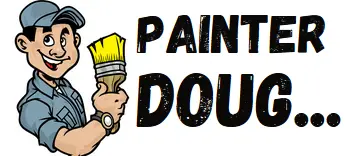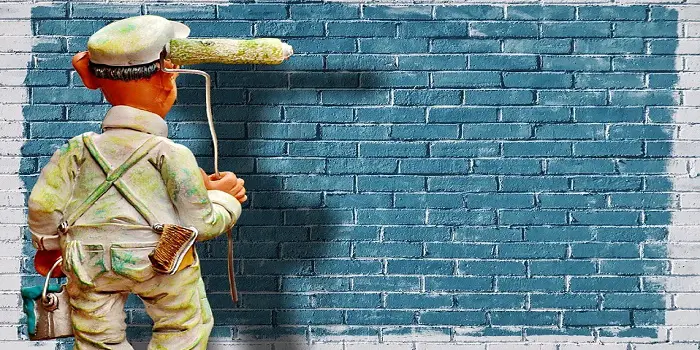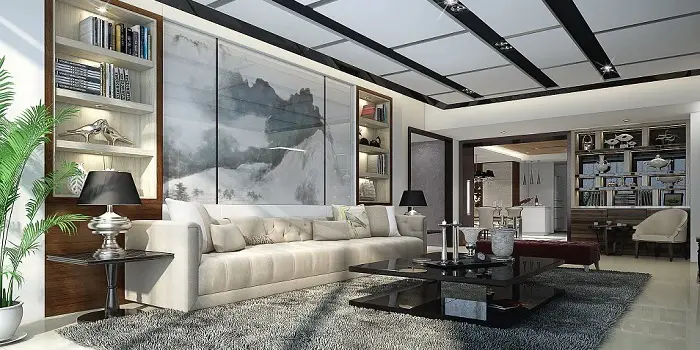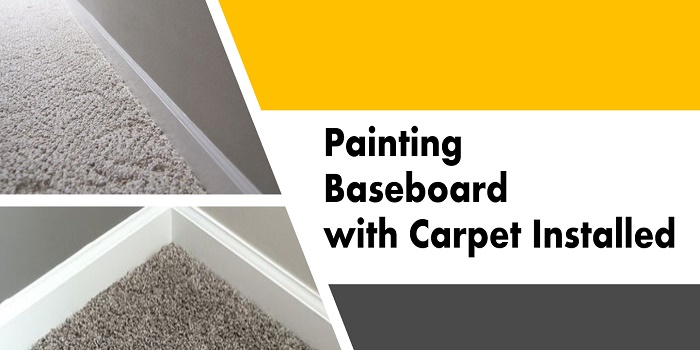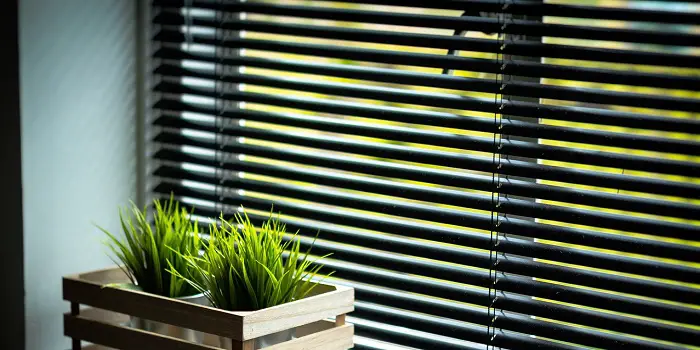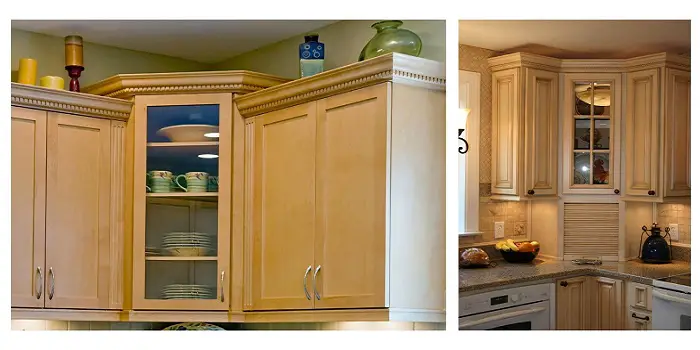
Particleboard (also called chipboard) is a kind of engineered wood product that is extensively used as a flooring material along with various other construction projects in the US.
It’s made from wood chips or jute-stick chips pressed together with a suitable binder like synthetic resin.
Even though particle-board is a good building material for walls, stairs, kitchen cabinets, and other furniture, it can warp easily due to its highly absorbent properties.
To make the particle board furniture long-lasting, waterproof, and termite-proof, it’s essential to treat them with special primers and sealers before it’s painted and finished.
Here in this article, I will walk through all the steps you will need to follow while sealing, priming, and painting particleboard cabinets in your kitchen.
What's Here in the Article:
How to Seal Particleboard Before Painting?
Applying a good waterproof sealant to your particleboard cabinets will make sure that the primer and paint are easily accepted, and you get the right finish.
Here are a few steps you need to follow which will prepare your particle board furniture to prime and paint…
Step 1. Seal Edges
Start with applying a coat of clear acrylic sealant to all the open edges of the board furniture.
For smaller and thinner areas, you can choose to apply drywall compounds with a fingertip.
After the sealant is dry, sand the edges gently.
Step 2. Seal the Surface
After sealing the edges, you will need to apply a layer of sealant to the surfaces using a paintbrush.
Rollers may not be very effective for applying the sealant because it does not help the sealant to penetrate through the wood very well.
Also, keep in mind that you will need to apply an additional layer of a waterproof sealant to the surface that might be exposed to moisture.
This will ensure better long-lasting results while keeping the particle board strong and intact.
Step 3.
After you have applied the sealer, it’s time to let the particle board dry.
Depending on the sealant, you may need to wait for several hours before you can apply the primer and paint.
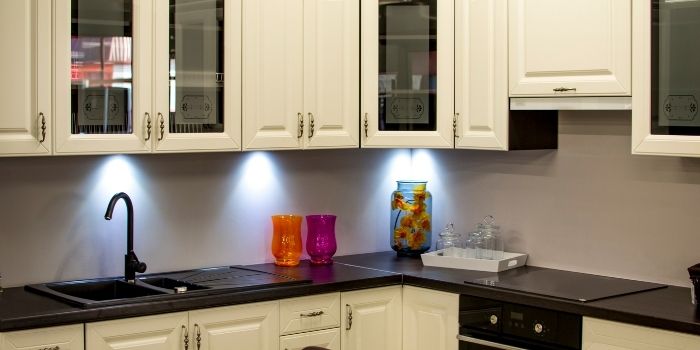
Steps for Priming and Painting Over Particleboard
Unlike standard wood boards, particle board is highly porous.
So, you will need to be cautious when applying the primer and paint.
Step 1. Sand
Start with sanding the sealed particle board furniture.
Using fine-grit sandpaper (or a sanding block), gently scrub the surface to remove any grime or build-up of extra sealer.
While sanding the edges, you will need to be extra careful as you may chip away the board if you sand it hard.
If it’s an old, already painted cabinet, make sure you remove all the old finish or gloss well.
This will provide a better surface that can receive the primer well.
Step 2. Primer
After prepping the surface, it’s time to apply the solvent-based primer using a bristle paintbrush.
A paintbrush is usually recommended over a roller because it will enable you to get into every crevice of particle board very easily.
If you are refinishing light-colored particleboard, simply pick the white-colored primer.
But if it’s dark-colored particleboard, consider using a gray-colored primer.
Or you can choose to tint the white primer with any other color of your choice.
After you have applied the primer evenly on all the surfaces and edges wait for about 24 hours.
Allow at least this much time to dry so that you can apply the topcoat flawlessly.
Step 3. Sand again
After making sure that the primer is completely dry, lightly sand the layer of primer and remove all the dust with a piece of dry cloth.
Sanding will ensure that the paint adheres well to the surface of the cabinet you intend to paint.
Step 4. Finish with Paint
When painting the cabinet, use a standard roller if you want to get a smoother finish.
The paintbrush can leave brush strokes, and it will be fine if you desire a textured finish.
Also, when cutting in corners, you will need to have a paintbrush for better reach.
While painting with a roller, apply at least 2-3 layers of thin paint coat to get a uniform glossy finish.
Make sure you allow enough time between coats to let the paint dry.
If possible, sand very lightly between the coats for better adhesion.
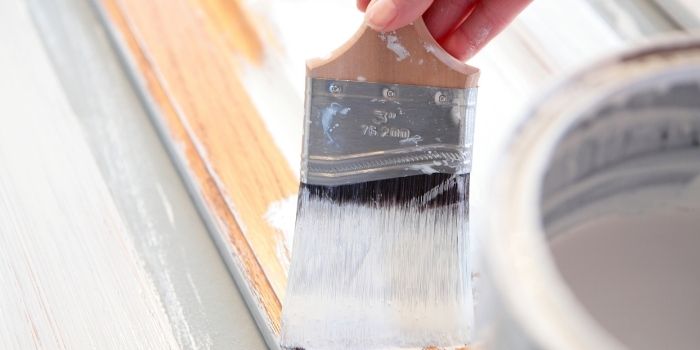
What Kind of Primer and Paint is Best to Use?
Applying a good solvent-based primer is the key to achieving the right finish on the particleboard.
Oil or lacquer primer are the two best options you can choose from to prep the particleboard surface before you apply the paint.
Keep in mind that water-based primers (such as latex) can cause your particleboard to swell.
So, you should never use them on such surfaces.
Once you have applied the right primer and it’s completely dry, you can apply the paint of your choice like latex, enamel, or lacquer paint.
A gloss or high-gloss finish is usually recommended for painting particle board cabinets and furniture as it will be easier to clean and provide a nice overall appearance.
Remember, as you have already applied an oil-based primer, using water-based latex paints will not be a problem as it will not allow the board to absorb the water.
So, if you need to save a few bucks on your overall project, you can pick the cheaper option, like latex paint rather than expensive enamel paint.
Tips and Precautions when Applying Primer Paint
Unlike regular lumber, particleboard is lightweight, soft, and porous.
This means if you do not follow proper steps when priming and painting, your kitchen cabinets (or other furniture made of particleboard) may get damaged very easily.
Few precautions you should follow include:
- Always remove any metal fittings (like hinges, handles, or other hardware accessories) before painting
- Disassemble each piece of the board individually as it will make primer and paint application much easier
- Keep all the fittings safely far from your workplace as you will need them when reassembling the furniture
Most spray paints will require at least a week to cure and dry completely. To avoid getting the fresh paint damaged, do not put anything over the surface.
Just in case you notice any bubbling as the primer paint dries, it’s a sign that you haven’t sanded the surface well.
Wait for the surface to dry, sand it down gently, and reapply the layer of primer and paint.
Final Thoughts
Particleboard is an awesome furniture board that is used for building inexpensive kitchen cabinets or for small decorations at home.
The good thing is when sealed tight, primed, and painted; it looks like any solid wood.
Plus, if you follow the process and adhere to the guidelines you will not only make your furniture look beautiful but also last longer.
Share the post "How to Seal and Paint Particleboard Kitchen Cabinets?"

Douglas Becker (aka Painter Doug) has over twenty years of experience as a painter in Adkins, Texas. At present, he resides in Florida with his family.
From painting multi-storeyed houses, condos, and apartments to large commercial buildings and small offices, he had served various customers in areas not only in Adkins but also in Southwest Florida, Sarasota, Naples, and many more. To know more about him check here.
